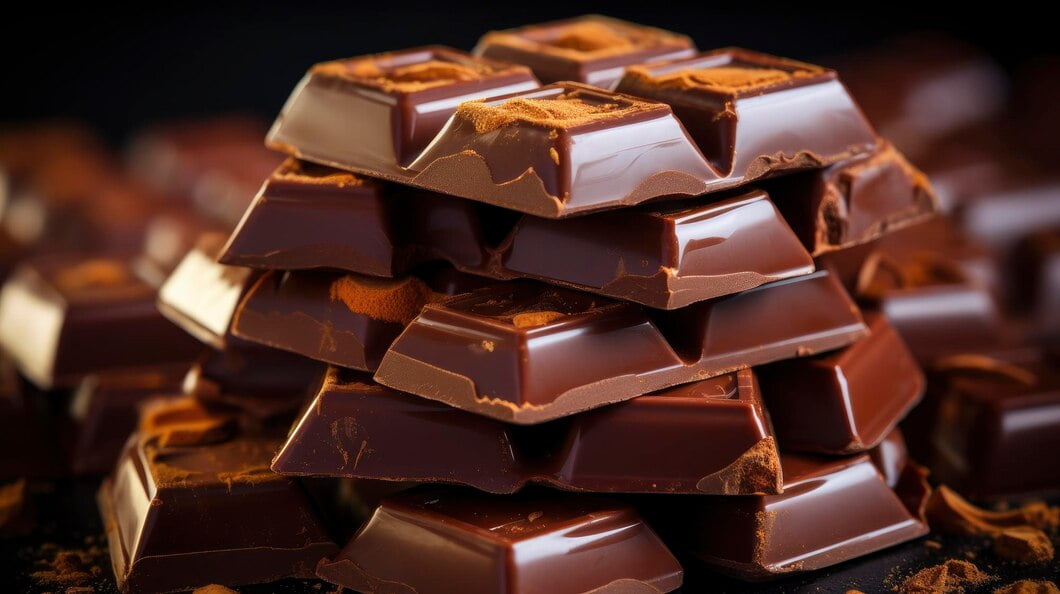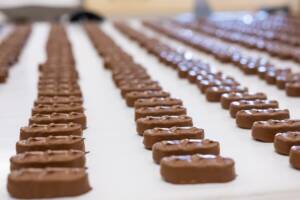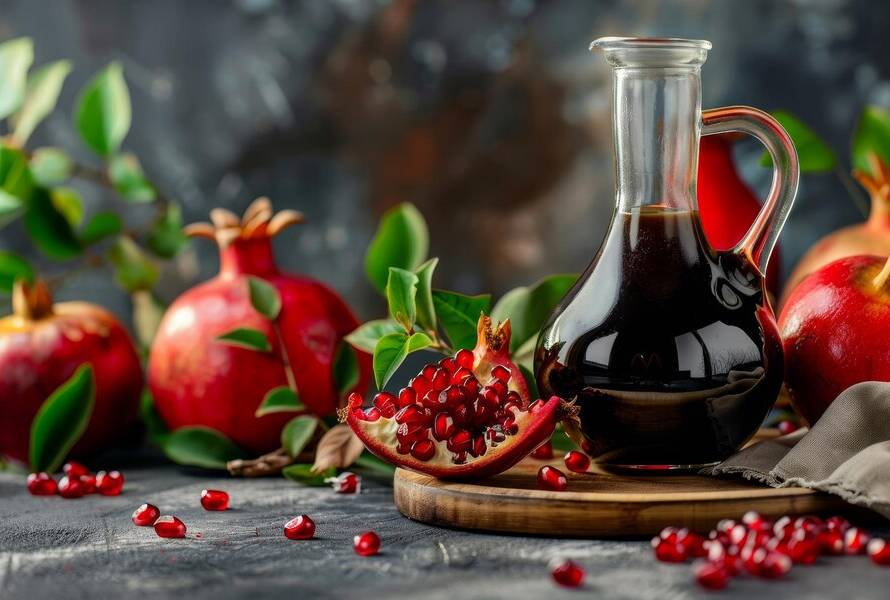
Making chocolate with a liquid filling is one of the exciting innovations in the world of confectionery, combining the rich taste of solid chocolate with the delicious texture of a liquid filling. This type of chocolate offers a unique experience for the consumer, as the delicious filling flows as soon as the chocolate is bitten, creating an exceptional interaction between taste and texture.
In this article, we will talk about the process of making chocolate with a liquid filling, the main ingredients used, in addition to the most prominent challenges facing this industry. We will also shed light on how to address these challenges through specialized consultations.
Basic ingredients in making chocolate with a liquid filling
To makimg chocolate with a liquid filling, a set of ingredients are used that achieve a balance between texture and taste. These ingredients include:
Chocolate
Chocolate is the main ingredient, as it envelops the liquid filling and gives the product its consistency. The types of chocolate used vary between dark chocolate, milk chocolate, and white chocolate, and each type has its own character that is reflected in the overall taste of the chocolate.
Liquid Filling
The filling is what distinguishes this type of chocolate, and is usually liquid or semi-liquid. Fillings can include many flavors such as caramel, fruit, creams or even coffee. The process of adjusting the consistency of the filling is very important to ensure that the filling does not leak out before the chocolate is consumed.
Stabilizers
Stabilizers are used to ensure that the filling stays inside the chocolate and does not leak out during the manufacturing or storage process. These substances help maintain the appropriate consistency of the final product.
Chocolate Production Process with Liquid Filling
The process of making chocolate with a liquid filling begins with preparing the liquid chocolate and pouring it into special molds. The outer layer is then partially cooled before adding the liquid filling in the center. Once the filling is filled, the top layer is sealed with liquid chocolate, then the chocolate is completely cooled until it solidifies.
Cooling and temperature control
One of the key factors in producing chocolate with liquid filling is the precise control of temperature during the manufacturing stages. The filling must be cool enough to maintain its liquid consistency, while the solid chocolate must solidify completely without affecting the filling.
Challenges of Making Chocolate with a Liquid Filling
Although making chocolate with liquid filling is exciting and profitable, it faces many challenges that require advanced technical solutions and precise practices:
Challenge of filling consistency
One of the most prominent challenges is maintaining the liquid consistency of the filling inside the chocolate without being affected by external factors such as heat or pressure. Achieving this balance requires the use of advanced techniques to control the consistency of the filling and prevent its leakage.
Controlling the humidity level
Humidity is a critical factor in this industry. If the humidity level is too high, it may cause the filling consistency to change or the chocolate to break. Therefore, there must be careful monitoring of humidity at various stages of production.
Storage and transportation challenges
Due to the sensitivity of chocolate with liquid filling to environmental factors such as heat and light, companies face challenges in storing and transporting products. This requires innovative solutions such as thermal packaging or the use of appropriate cooling techniques to ensure that the product reaches the consumer with its original quality.
Maintaining Quality and Flavor
Maintaining the fresh flavor of liquid fillings is a challenge, as liquid fillings can react with the surrounding chocolate over time, which can affect the final taste. Companies need to ensure that the filling and chocolate ingredients are compatible and prevent any unwanted interactions.
The Role of Technology in the Liquid Filled Chocolate Industry
Technology is one of the key factors that have contributed to improving the process of making chocolate with a liquid filling. By using modern technologies, companies have been able to improve product quality and reduce production-related challenges. Examples of these technologies include precise temperature control machines, which ensure the consistency of chocolate at all stages of production. In addition, automated production lines contribute to increasing manufacturing efficiency and reducing the chances of human error, ensuring a high-quality and consistent product.
Advanced Packaging Technologies
In addition to manufacturing, packaging plays a pivotal role in maintaining the quality of liquid filled chocolate. Packaging the product with advanced technologies such as airtight or thermally insulated packaging helps maintain the consistency of the filling and prevents the chocolate from being exposed to external factors such as humidity and heat that may negatively affect the product. The use of biodegradable materials in packaging also enhances the sustainability and environmental friendliness of the product.
Quality Standards in the Chocolate Industry
To ensure a superior product, chocolate manufacturers with liquid fillings adhere to strict quality standards. These standards include selecting the best types of cocoa used in chocolate, as well as other ingredients used in the filling. Companies must adhere to quality inspection procedures at every stage of production, from the selection of raw materials to the final packaging.
It also involves monitoring manufacturing conditions to ensure compliance with international and local food standards. This includes controlling manufacturing processes and adhering to food safety standards to ensure a safe and healthy product for consumers.
The impact of innovation on flavors and fillings
Different flavors are an integral part of the chocolate experience with liquid fillings. Innovation in the filling industry gives producers a competitive advantage by offering a variety of flavors, from traditional caramel to innovative fillings such as exotic fruits or creams mixed with spices. Innovation in this industry is not limited to flavors only, but extends to fillings with multiple textures, allowing companies to create unique products that distinguish them in the market.
Making chocolate with a liquid filling is a great opportunity for creative confectioners, but it is not without its challenges. From balancing liquid and solid chocolate to controlling production and storage conditions, this industry requires precision and careful planning. With the help of specialized companies, new and established companies can overcome these challenges and achieve success in a growing market.
For those looking to enter the chocolate filling industry, technical challenges and production issues can be a barrier. This is where ProNano Food Industry Consulting comes in, offering comprehensive consulting services to help companies overcome these challenges.
ProNano provides specialized solutions to control the manufacturing process and critical factors such as temperature and humidity, in addition to providing consultations on improving the quality of the final product and ensuring its stability during the storage and distribution stages. If you are interested in starting your own chocolate filling project or improving your current production processes, contact us for the necessary consultations to achieve success.
Read more about the iced coffee industry



